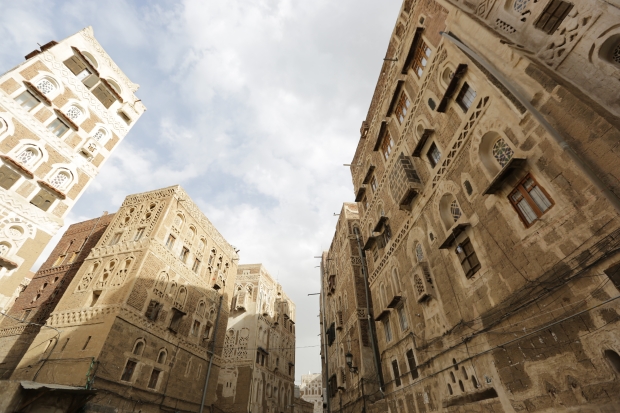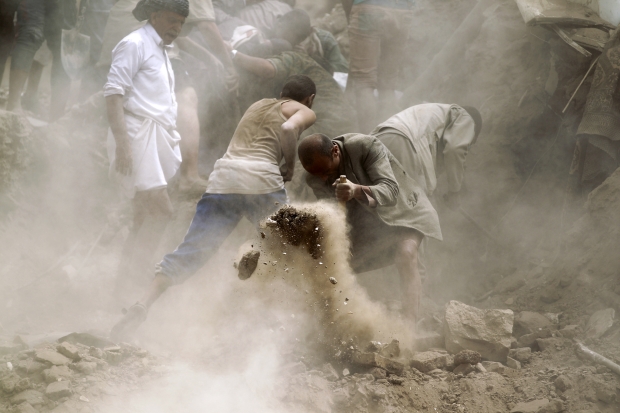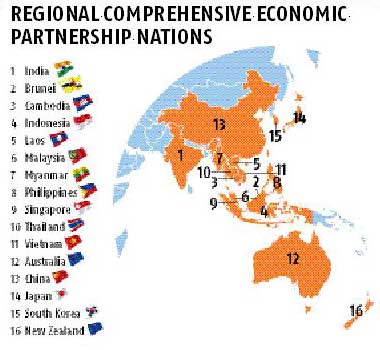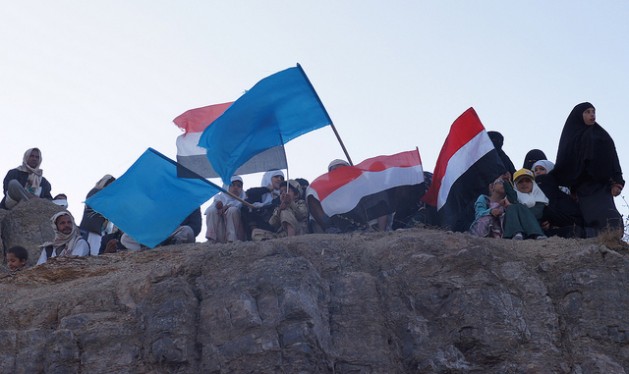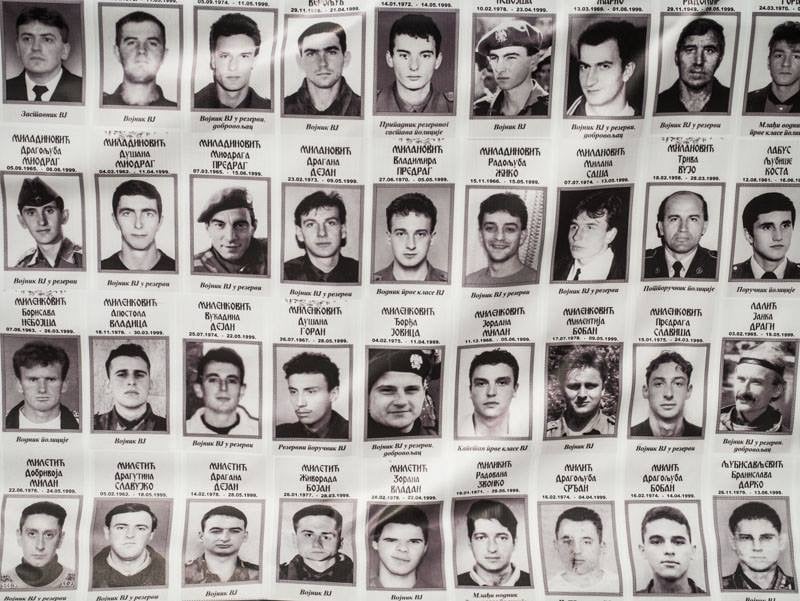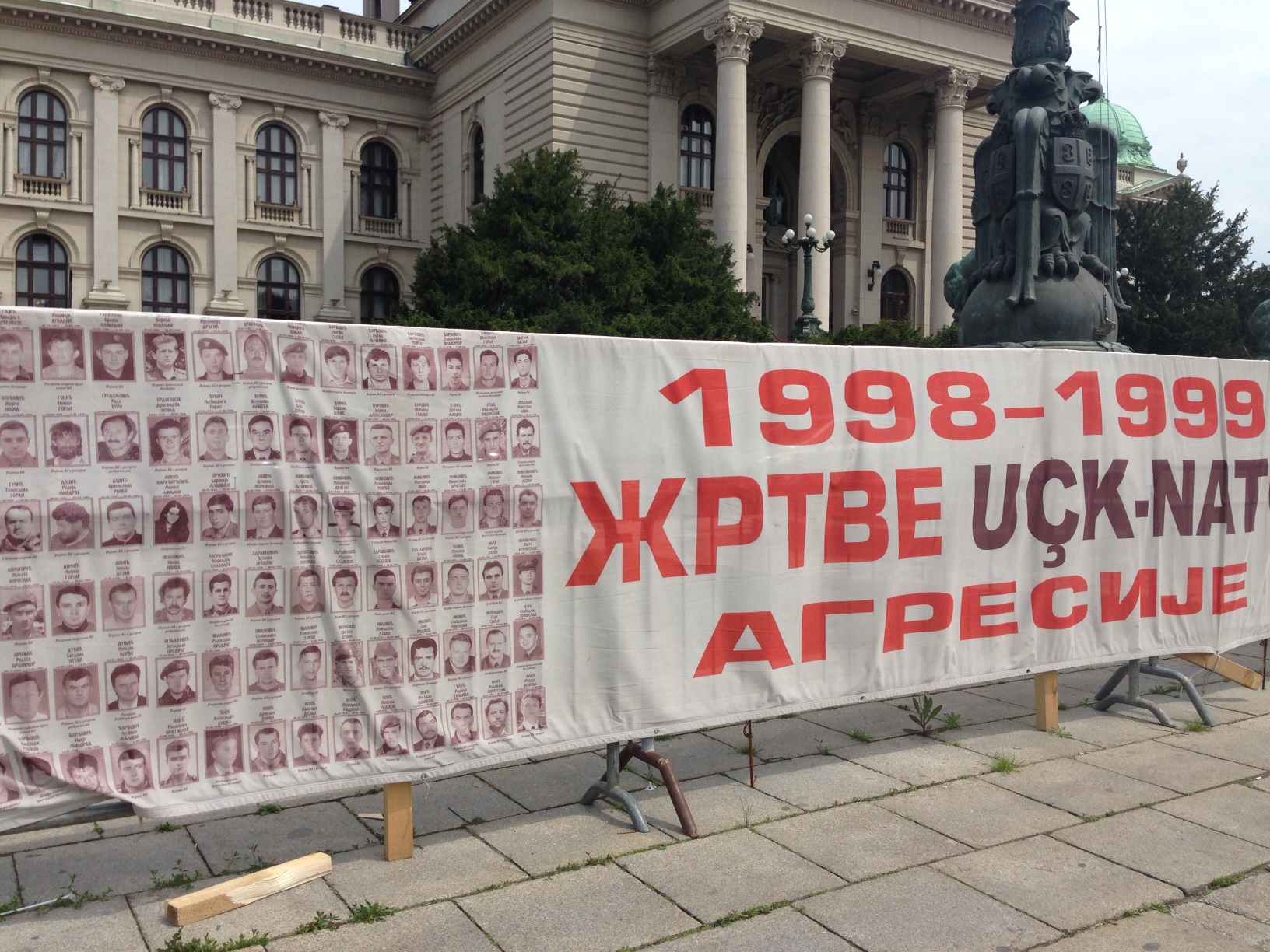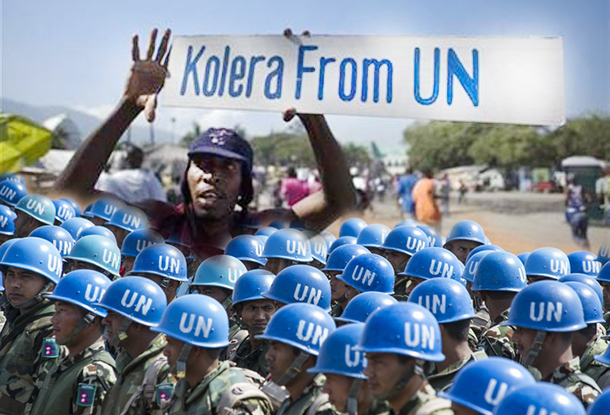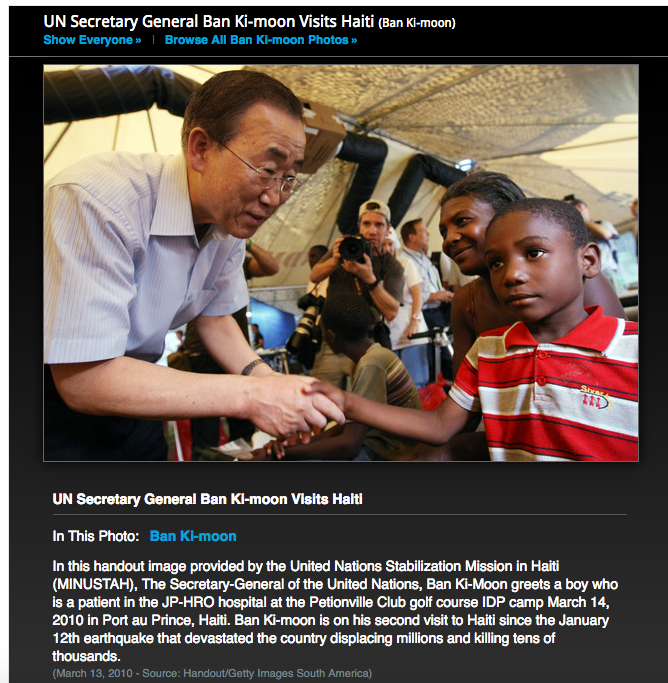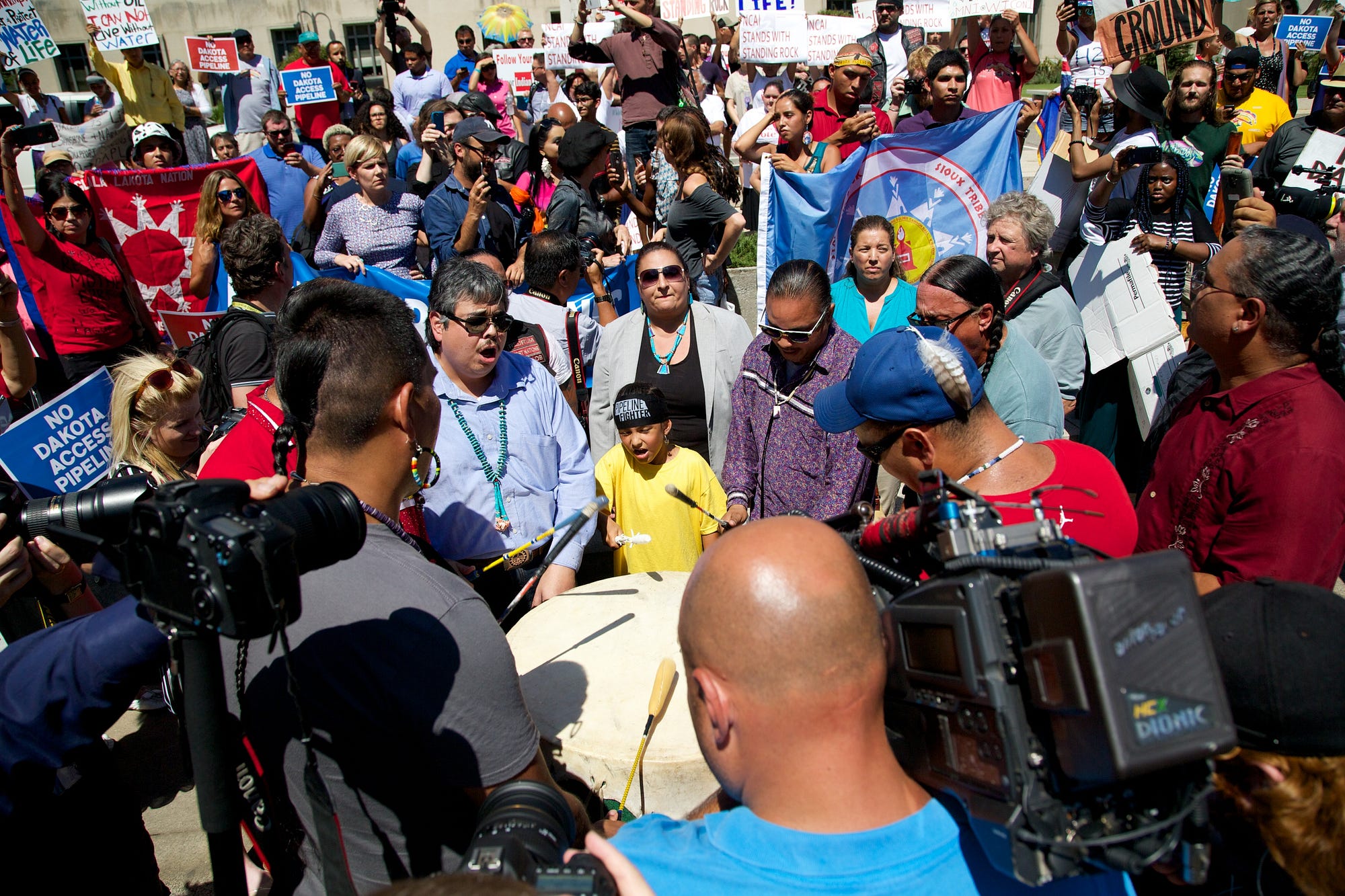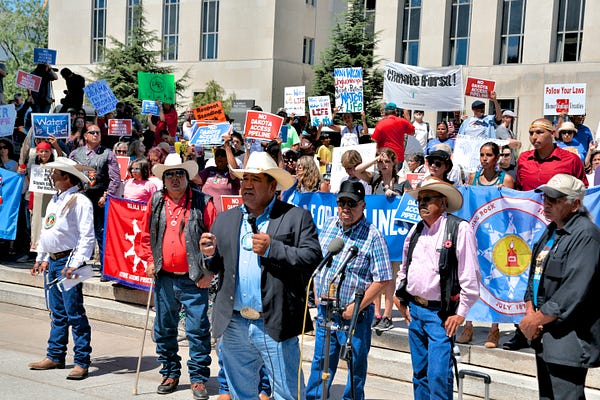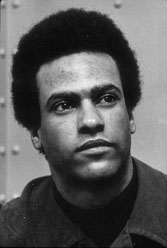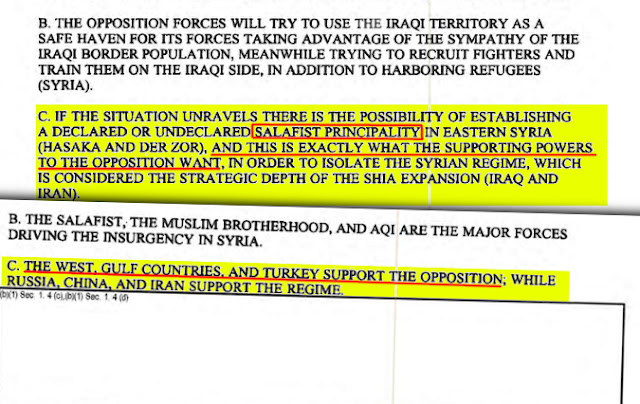First published by global cResearch in January 2016
Myth # 1:
“The FDA (US Food and Drug Administration) tests all new psychiatric drugs”
False. Actually the FDA only reviews studies that were designed, administered, secretly performed and paid for by the multinational profit-driven drug companies. The studies are frequently farmed out by the pharmaceutical companies by well-paid research firms, in whose interest it is to find positive results for their corporate employers. Unsurprisingly, such research policies virtually guarantee fraudulent results.
Myth # 2:
“FDA approval means that a psychotropic drug is effective long-term”
False. Actually, FDA approval doesn’t even mean that psychiatric drugs have been proven to be safe – either short-term or long-term! The notion that FDA approval means that a psych drug has been proven to be effective is also a false one, for most such drugs are never tested – prior to marketing – for longer than a few months (and most psych patients take their drugs for years). The pharmaceutical industry pays many psychiatric “researchers” – often academic psychiatrists (with east access to compliant, chronic, already drugged-up patients) who have financial or professional conflicts of interest – some of them even sitting on FDA advisory committees who attempt to “fast track” psych drugs through the approval process. For each new drug application, the FDA only receives 1 or 2 of the “best” studies (out of many) that purport to show short-term effectiveness. The negative studies are shelved and not revealed to the FDA. In the case of the SSRI drugs, animal lab studies typically lasted only hours, days or weeks and the human clinical studies only lasted, on average, 4- 6 weeks, far too short to draw any valid conclusions about long-term effectiveness or safety!
Hence the FDA, prescribing physicians and patient-victims should not have been “surprised” by the resulting epidemic of SSRI drug-induced adverse reactions that are silently plaguing the nation. Indeed, many SSRI trials have shown that those drugs are barely more effective than placebo (albeit statistically significant!) with unaffordable economic costs and serious health risks, some of which are life-threatening and known to be capable of causing brain damage.
Myth # 3:
“FDA approval means that a psychotropic drug is safe long-term”
False. Actually, the SSRIs and the “anti-psychotic” drugs are usually tested in human trials for only a couple of months before being granted marketing approval by the FDA. And the drug companies are only required to report 1 or 2 studies (even if many other studies on the same drug showed negative, even disastrous, results). Drug companies obviously prefer that the black box and fine print warnings associated with their drugs are ignored by both consumers and prescribers. One only has to note how small the print is on the commercials.
In our fast-paced shop-until-you-drop consumer society, we super-busy prescribing physicians and physician assistants have never been fully aware of the multitude of dangerous, potentially fatal adverse psych drug effects that include addiction, mania, psychosis, suicidality, worsening depression, worsening anxiety, insomnia, akathisia, brain damage, dementia, homicidality, violence, etc, etc.
But when was the last time anybody heard the FDA or Big Pharma apologize for the damage they did in the past? And when was the last time there were significant punishments (other than writs slaps and “chump change” multimillion dollar fines) or prison time for the CEOs of the guilty multibillion dollar drug companies?
Myth # 4:
“Mental ‘illnesses’ are caused by ‘brain chemistry imbalances’”
False. In actuality, brain chemical/neurotransmitter imbalances have never been proven to exist (except for cases of neurotransmitter depletions caused by psych drugs) despite vigorous examinations of lab animal or autopsied human brains and brain slices by neuroscientist s who were employed by well-funded drug companies. Knowing that there are over 100 known neurotransmitter systems in the human brain, proposing a theoretical chemical ”imbalance” is laughable and flies in the face of science. Not only that, but if there was an imbalance between any two of the 100 potential systems (impossible to prove), a drug – that has never been tested on more than a handful of them – could never be expected to re-balance it!
Such simplistic theories have been perpetrated by Big Pharma upon a gullible public and a gullible psychiatric industry because corporations that want to sell the public on their unnecessary products know that they have to resort to 20 second sound bite-type propaganda to convince patients and prescribing practitioners why they should be taking or prescribing synthetic, brain-altering drugs that haven’t been adequately tested.
Myth # 5:
“Antidepressant drugs work like insulin for diabetics”
False. This laughingly simplistic – and very anti-scientific – explanation for the use of dangerous and addictive synthetic drugs is patently absurd and physicians and patients who believe it should be ashamed of themselves for falling for it. There is such a thing as an insulin deficiency (but only in type 1 diabetes) but there is no such thing as a Prozac deficiency. SSRIs (so-called Selective Serotonin Reuptake Inhibitors – an intentional mis-representation because those drugs are NOT selective!) do not raise total brain serotonin. Rather, SSRIs actually deplete serotonin long-term while only “goosing” serotonin release at the synapse level while at the same time interfere with the storage, reuse and re-cycling of serotonin (by its “serotonin reuptake inhibition” function).
(Parenthetically, the distorted “illogic” of the insulin/diabetes comparison above could legitimately be made in the case of the amino acid brain nutrient tryptophan, which is the precursor molecule of the important natural neurotransmitter serotonin. If a serotonin deficiency or “imbalance” could be proven, the only logical treatment approach would be to supplement the diet with the serotonin precursor tryptophan rather than inflict upon the brain a brain-altering synthetic chemical that actually depletes serotonin long-term!
Myth # 6:
“SSRI ‘discontinuation syndromes’ are different than ‘withdrawal syndromes’”
False. The SSRI “antidepressant” drugs are indeed dependency-inducing/addictive and the neurological and psychological symptoms that occur when these drugs are stopped or tapered down are not “relapses” into a previous ”mental disorder” – as has been commonly asserted – but are actually new drug withdrawal symptoms that are different from those that prompted the original diagnosis
The term “discontinuation syndrome” is part of a cunningly-designed conspiracy that was plotted in secret by members of the psychopharmaceutical industry in order to deceive physicians into thinking that these drugs are not addictive. The deception has been shamelessly promoted to distract attention from the proven fact that most psych drugs are dependency-inducing and are therefore likely to cause “discontinuation/withdrawal symptoms” when they are stopped. The drug industry knows that most people do not want to swallow dependency-inducing drugs that are likely to cause painful, even lethal withdrawal symptoms when they cut down the dose of the drug.
Myth # 7:
“Ritalin is safe for children (or adults)”
False. In actuality, methylphenidate (= Ritalin, Concerta, Daytrana, Metadate and Methylin; aka “kiddie cocaine”), a dopamine reuptake inhibitor drug, works exactly like cocaine on dopamine synapses, except that orally-dosed methylphenidate reaches the brain more slowly than snortable or smoked cocaine does. Therefore the oral form has less of an orgasmic “high” than cocaine. Cocaine addicts actually prefer Ritalin if they can get it in a relatively pure powder form. When snorted, the synthetic Ritalin (as opposed to the naturally-occurring, and therefore more easily metabolically-degraded cocaine) has the same onset of action but, predictably, has a longer lasting “high” and is thus preferred among addicted individuals. The molecular structures of Ritalin and cocaine both have amphetamine base structures with ring-shaped side chains which, when examined side by side, are remarkably similar. The dopamine synaptic organelles in the brain (and heart, blood vessels, lungs and guts) are unlikely to sense any difference between the two drugs.
Myth # 8:
“Psychoactive drugs are totally safe for humans”
False. See Myth # 3 above. Actually all five classes of psychotropic drugs have, with long-term use, been found to be neurotoxic (ie, known to destroy or otherwise alter the physiology, chemistry, anatomy and viability of vital energy-producing mitochondria in every brain cell and nerve). They are therefore all capable of contributing to dementia when used long-term.
Any synthetic chemical that is capable of crossing the blood-brain barrier into the brain can alter and disable the brain. Synthetic chemical drugs are NOT capable of healing brain dysfunction, curing malnutrition or reversing brain damage. Rather than curing anything, psychiatric drugs are only capable of masking symptoms while the abnormal emotional, neurological or malnutritional processes that mimic “mental illnesses” continue unabated.
Myth # 9:
“Mental ‘illnesses’ have no known cause”
False. The Diagnostic and Statistical Manual (DSM, published by the American Psychiatric Association, is pejoratively called “the psychiatric bible and billing book” for psychiatrists. Despite its name, it actually has no statistics in it, and, of the 374 psychiatric diagnoses in the DSM-IV (there is now a 5th edition) there seem to be only two that emphasize known root causes. Those two diagnoses are Posttraumatic Stress Disorder and Acute Stress Disorder. The DSM-V has been roundly condemned as being just another book that laughingly pathologizes a few more normal human emotions and behaviors.
In my decade of work as an independent holistic mental health care practitioner, I was virtually always able to detect many of the multiple root causes and contributing factors that easily explained the signs, symptoms and behaviors that had resulted in a perplexing number of false diagnoses of “mental illness of unknown origin”. Many of my patients had been made worse by being hastily diagnosed, hastily drugged, bullied, demeaned, malnourished, incarcerated, electroshocked (often against their wills and/or without fully informed consent). My patients had been frequently rendered unemployable or even permanently disabled as a result – all because temporary, potentially reversible, and therefore emotional stressors had not been recognized at the onset. Because of the reliance on drugs, many of my patients had been made incurable by not having been referred to compassionate practitioners who practiced high quality, non-drug-based, potentially curable psychotherapy.
The root causes of my patient’s understandable emotional distress were typically multiple, although sometimes a single trauma, such as a rape, violent assault or a psychological trauma in the military would cause an otherwise normally-developing individual to decompensate. But the vast majority of my patients had experienced easily identifiable chronic sexual, physical, psychological, emotional and/or spiritual traumas as root causes – often accompanied by hopelessness, sleep deprivation, serious emotional or physical neglect and brain nutrient deficiencies as well. The only way that I could obtain this critically important information was through the use of thorough, compassionate (and, unfortunately, time-consuming) investigation into the patient’s complete history, starting with prenatal, maternal, infant and childhood exposures to toxins (including vaccines) and continuing into the vitally important adolescent medical history (all periods when the patient’s brain was rapidly developing).
My clinical experience proved to me that if enough high quality time was spent with the patient and if enough hard work was exerted looking for root causes, the patient’s predicament could usually be clarified and the erroneous past labels (of “mental illnesses of unknown origin”) could be thrown out. Such efforts were often tremendously therapeutic for my patients, who up to that time had been made to feel guilty, ashamed or hopeless by previous therapists. In my experience, most mental ill health syndromes represented identifiable, albeit serious emotional de-compensation due to temporarily overwhelming crisis situations linked to traumatic, frightening, torturous, neglectful and soul-destroying life experiences.
My practice consisted mostly of patients who knew for certain that they were being sickened by months or years of swallowing one or more brain-altering, addictive prescription drugs that they couldn’t get off of by themselves. I discovered that many of them could have been cured early on in their lives if they only had access – and could afford – compassionate psychoeducational psychotherapy, proper brain nutrition and help with addressing issues of deprivation, parental neglect/abuse, poverty and other destructive psychosocial situations. I came to the sobering realization that many of my patients could have been cured years earlier if it hadn’t been for the disabling effects of psychiatric drug regimens, isolation, loneliness, punitive incarcerations, solitary confinement, discrimination, malnutrition, and/or electroshock. The neurotoxic and brain-disabling drugs, vaccines and frankenfoods that most of my patients had been given early on had started them on the road to chronicity and disability.
Myth # 10:
“Psychotropic drugs have nothing to do with the huge increase in disabled and unemployable American psychiatric patients”
False. See Myths # 2 and # 3 above. In actuality recent studies have shown that the major cause of permanent disability in the “mentally ill” is the long-term, high dosage and/or use of multiple neurotoxic psych drugs – any combination of which, as noted above, has never been adequately tested for safety even in animal labs. Many commonly-prescribed drugs are fully capable of causing brain-damage long-term, especially the anti-psychotics (aka, “major tranquilizers”) like Thorazine, Haldol, Prolixin, Clozapine, Abilify, Clozapine, Fanapt, Geodon, Invega, Risperdal, Saphris, Seroquel and Zyprexa, all of which can cause brain shrinkage that is commonly seen on the MRI scans of anti-psychotic drug-treated, so-called schizophrenics – commonly pointed out as “proof” that schizophrenia is an anatomic brain disorder that causes the brain to shrink! (Incidentally, patients who had been on antipsychotic drugs – for whatever reason – have been known to experience withdrawal hallucinations and acute psychotic symptoms even if they had never experienced such symptoms previously.)
Of course, highly addictive “minor” tranquilizers like the benzodiazepines (Valium, Ativan, Klonopin, Librium, Tranxene, Xanax) can cause the same withdrawal syndromes. They are all dangerous and very difficult to withdraw from (withdrawal results in difficult-to-treat rebound insomnia, panic attacks, and seriously increased anxiety), and, when used long-term, they can all cause memory loss/dementia, the loss of IQ points and the high likelihood of being mis-diagnosed as Alzheimer’s disease (of unknown etiology).
Myth # 11:
“So-called bipolar disorder can mysteriously ‘emerge’ in patients who have been taking stimulating antidepressants like the SSRIs”
False. In actuality, crazy-making behaviors like mania, agitation and aggression are commonly caused by the SSRIs. That list includes a syndrome called akathisia, a severe, sometimes suicide-inducing internal restlessness – like having restless legs syndrome over one’s entire body and brain. Akathisia was once understood to only occur as a long-term adverse effect of antipsychotic drugs (See Myth # 10). So it was a shock to many psychiatrists (after Prozac came to market in 1987) to have to admit that SSRIs could also cause that deadly problem. It has long been my considered opinion that SSRIs should more accurately be called “agitation-inducing” drugs rather than “anti-depressant” drugs. The important point to make is that SSRI-induced psychosis, mania, agitation, aggression and akathisia is NOT bipolar disorder nor is it schizophrenia!
Myth # 12:
“Antidepressant drugs can prevent suicides”
False. In actuality, there is no psychiatric drug that is FDA-approved for the treatment of suicidality because these drugs, especially the so-called antidepressants, actually INCREASE the incidence of suicidal thinking, suicide attempts and completed suicides. Drug companies have spent billions of dollars futilely trying to prove the effectiveness of various psychiatric drugs in suicide prevention. Even the most corrupted drug company trials have failed! Indeed what has been discovered is that all the so-called “antidepressants” actually increase the incidence of suicidality.
The FDA has required black box warning labels about drug-induced suicidality on all SSRI marketing materials, but that was only accomplished after over-coming vigorous opposition from the drug-makers and marketers of the offending drugs, who feared that such truth-telling would hurt their profits (it hasn’t). What can and does avert suicidality, of course, are not drugs, but rather interventions by caring, compassionate and thorough teams of care-givers that include family, faith communities and friends as well as psychologists, counselors, social workers, relatives (especially wise grandmas!), and, obviously, the limited involvement of drug prescribers.
Myth # 13:
“America’s school shooters and other mass shooters are ‘untreated’ schizophrenics who should have been taking psych drugs”
False. In actuality, 90% or more of the infamous homicidal – and usually suicidal – school shooters have already been under the “care” of psychiatrists (or other psych drug prescribers) and therefore have typically been taking (or withdrawing from) one or more psychiatric drugs. SSRIs (such as Prozac) and psychostimulants (such as Ritalin) have been the most common classes of drugs involved. Antipsychotics are too sedating, although an angry teen who is withdrawing from antipsychotics could easily become a school shooter if given access to lethal weapons. (See www.ssristudies.net).
The 10% of school shooters whose drug history is not known, have typically had their medical files sealed by the authorities – probably to protect authorities such as the drug companies and/or the medical professionals who supplied the drugs from suffering liability or embarrassment. The powerful drug industry and psychiatry lobby, with the willing help of the media that profits from being their handmaidens, repeatedly show us the photos of the shooters that look like zombies. They have successfully gotten the viewing public to buy the notion that these adolescent, white male school shooters were mentally ill rather than under the influence of their crazy-making, brain-altering drugs or going through withdrawal.
Contrary to the claims of a recent 60 Minutes program segment about “untreated schizophrenics” being responsible for half of the mass shootings in America, the four mentioned in the segment were, in fact, almost certainly being already under the treatment with psych drugs – prior to the massacres – by psychiatrists who obviously are being protected from public identification and/or interrogation by the authorities as accomplices to the crimes or witnesses.
Because of this secrecy, the public is being kept in the dark about exactly what crazy-making, homicidality-inducing psychotropic drugs could have been involved. The names of the drugs and the multinational corporations that have falsely marketed them as safe drugs are also being actively protected from scrutiny, and thus the chance of prevention of future drug-related shootings or suicides is being squandered. Such decisions by America’s ruling elites represent public health policy at its worst and is a disservice to past and future shooting victims and their loved ones.
The four most notorious mass shooters that were highlighted in the aforementioned 60 Minutes segment included the Virginia Tech shooter, the Tucson shooter, the Aurora shooter and the Sandy Hook shooter whose wild-eyed (“drugged-up”) photos have been carefully chosen for their dramatic “zombie-look” effect, so that most frightened, paranoid Americans are convinced that it was a crazy “schizophrenic”, rather than a victim of psychoactive, brain-altering, crazy-making drugs that may have made him do it.
Parenthetically, it needs to be mentioned that many media outlets profit handsomely from the drug and medical industries. Therefore those media outlets have an incentive to protect the names of the drugs, the names of the drug companies, the names of the prescribing MDs and the names of the clinics and hospitals that could, in a truly just and democratic world, otherwise be linked to the crimes. Certainly if a methamphetamine-intoxicated person shot someone, the person who supplied the intoxicating drug would be considered an accomplice to the crime, just like the bartender who supplied the liquor to someone who later committed a violent crime would be held accountable. A double standard obviously exists when it comes to powerful, respected and highly profitable corporations.
A thorough study of the scores of American school shooters, starting with the University of Texas tower shooter in 1966 and (temporarily) stopping at Sandy Hook, reveals that the overwhelming majority of them (if not all of them) were taking brain-altering, mesmerizing, impulse-destroying, “don’t give a damn” drugs that had been prescribed to them by well-meaning but too-busy psychiatrists, family physicians or physician assistants who somehow were unaware of or were misinformed about the homicidal and suicidal risks to their equally unsuspecting patients (and therefore they had failed to warn the patient and/or the patient’s loved ones about the potentially dire consequences).
Most practitioners who wrote the prescriptions for the mass shooters or for a patient who later suicided while under the influence of the drug, will probably(and legitimately so) defend themselves against the charge of being an accomplice to mass murder or suicide by saying that they were ignorant about the dangers of these cavalierly prescribed psych drugs because they had been deceived by the cunning drug companies that had convinced them of the benign nature of the drugs.
Myth # 14:
“If your patient hears voices it means he’s a schizophrenic”
False. Auditory hallucinations are known to occur in up to 10% of normal people; and up to 75% of normal people have had the experience of someone that isn’t there calling their name. (http://www.hearing-voices.org/voices-visions/).
Nighttime dreams, nightmares and flashbacks probably have similar origins to daytime visual, auditory and olfactory hallucinations, but even psychiatrists don’t think that they represent mental illnesses. Indeed, hallucinations are listed in the pharmaceutical literature as a potential side effect or withdrawal symptom of many drugs, especially psychiatric drugs. These syndromes are called substance-induced psychotic disorders which are, by definition, neither mental illnesses nor schizophrenia. Rather, substance-induced or withdrawal-induced psychotic disorders are temporary and directly caused by the intoxicating effects of malnutrition or brain-altering drugs such as alcohol, medications, hallucinogenic drugs and other toxins.
Psychotic symptoms, including hallucinations and delusions, can be caused by substances such as alcohol, marijuana, hallucinogens, sedatives, hypnotics, and anxiolytics, inhalants, opioids, PCP, and the many of the amphetamine-like drugs (like Phen-Fen, [fenfluramine]), cocaine, methamphetamine, Ecstasy, and agitation-inducing, psycho-stimulating drugs like the SSRIs).
Psychotic symptoms can also result from sleep deprivation, sensory deprivation and the withdrawal from certain drugs like alcohol, sedatives, hypnotics, anxiolytics and especially the many dopamine-suppressing, dependency-inducing, sedating, and zombifying anti-psychotic drugs.
Examples of other medications that may induce hallucinations and delusions include anesthetics, analgesics, anticholinergic agents, anticonvulsants, antihistamines, antihypertensive and cardiovascular medications, some antimicrobial medications, anti-parkinsonian drugs, some chemotherapeutic agents, corticosteroids, some gastrointestinal medications, muscle relaxants, non-steroidal anti-inflammatory medications, and Antabuse.
The very sobering information revealed above should cause any thinking person, patient, thought-leader or politician to wonder: “how many otherwise normal or potentially curable people over the last half century of psych drug propaganda have actually been mis-labeled as mentally ill (and then mis-treated) and sent down the convoluted path of therapeutic misadventures – heading toward oblivion?”
In my mental health care practice, I personally treated hundreds of patients who had been given a multitude of confusing and contradictory mental illness labels, many of which had been one of the new “diseases of the month” for which there was a new psych “drug of the month” that was being heavily marketed on TV.
Many of my patients had simply been victims of unpredictable drug-drug interactions (far too often drug-drug-drug-drug interactions) or simply adverse reactions to psych drugs which had been erroneously diagnosed as a new mental illness. Extrapolating my 1200 patient experience (in my little isolated section of the nation) to what surely must be happening in America boggles my mind. There has been a massive epidemic going on right under our noses that has affected millions of suffering victims who could have been cured if not for the drugs.
The time to act on this knowledge is long overdue.
Bibliography
(Authors and books that I used as background for the assertions in the above article)
Toxic Psychiatry; Your Drug May Be Your Problem; Talking Back to Prozac; Medication Madness: by Peter Breggin;
Prozac Backlash; and The Antidepressant Solution: A Step-by-Step Guide to Safely Overcoming Antidepressant Withdrawal, Dependence, and “Addiction”: by Joseph Glenmullen;
Mad In America: Bad Science, Bad Medicine, and the Enduring Mistreatment of the Mentally Ill; andAnatomy of an Epidemic: Magic Bullets, Psychiatric Drugs, and the Astonishing Rise of Mental Illness in America: by Robert Whitaker;
Soteria: Through Madness To Deliverance: by Loren Mosher and Voyce Hendrix; Deadly Medicines and Organised Crime: How Big Pharma has Corrupted Healthcare: by Peter Goetzsche;
Rethinking Psychiatric Drugs: A Guide for Informed Consent; and Drug-Induced Dementia: A Perfect Crime: by Grace Jackson;
The Truth About the Drug Companies: How They Deceive Us and What to Do About It: by Marcia Angell;
Let Them Eat Prozac: The Unhealthy Relationship Between the Pharmaceutical Industry and Depression; and The Antidepressant Era: by David Healy;
Blaming the Brain: The TRUTH About Drugs and Mental Health; by Elliot Valenstein;
Selling Sickness; How the World’s Biggest Pharmaceutical Companies Are Turning Us All Into Patients: by Ray Moynihan and Alan Cassels;
Our Daily Meds: How the Pharmaceutical Companies Transformed Themselves into Slick Marketing Machines and Hooked the Nation on Prescription Drugs: by Melody Petersen;
Excitotoxins: by Russell Blaylock;
The Crazy Makers: How the Food Industry is Destroying our Brains and Harming our Children: Carol Simontacchi;
Dr. Kohls is a retired family physician who practiced holistic (non-drug) mental health care. His patients came to see him asking for help in getting off the psychotropic drugs to which they were addicted and which they knew were sickening and disabling them. He was successful in helping significant numbers of his patients get off or cut down their drugs using a thorough and therefore time-consuming program that was based on psychoeducational psychotherapy, brain nutrient therapy, plus a program of gradual, closely monitored drug withdrawal. Dr. Kohls warns against the abrupt discontinuation of any psychiatric drug because of the common, often serious withdrawal symptoms that can occur in patients who have been taking any psychoactive drug, whether illicit or legal. Close consultation with an aware, informed physician who is familiar with treating drug withdrawal syndromes is important.
Dr. Kohls is a past member of MindFreedom International, the International Center for the Study of Psychiatry and Psychology and the International Society for Traumatic Stress Studies. He is the editor of the occasional Preventive Psychiatry E-Newsletter which has been emailed in the past to some of his old patients and also to others who have expressed to him an interest in alternative, non-drug, approaches to mental ill health.

